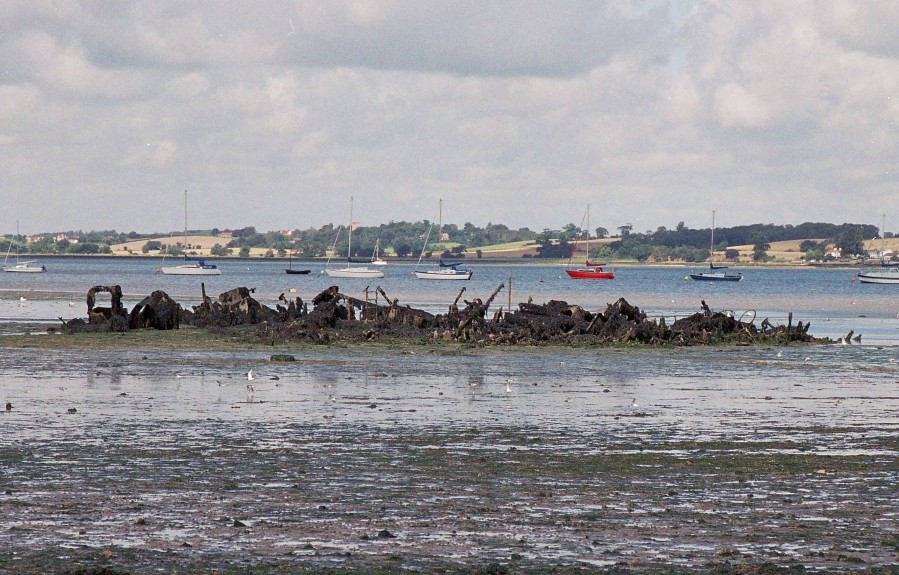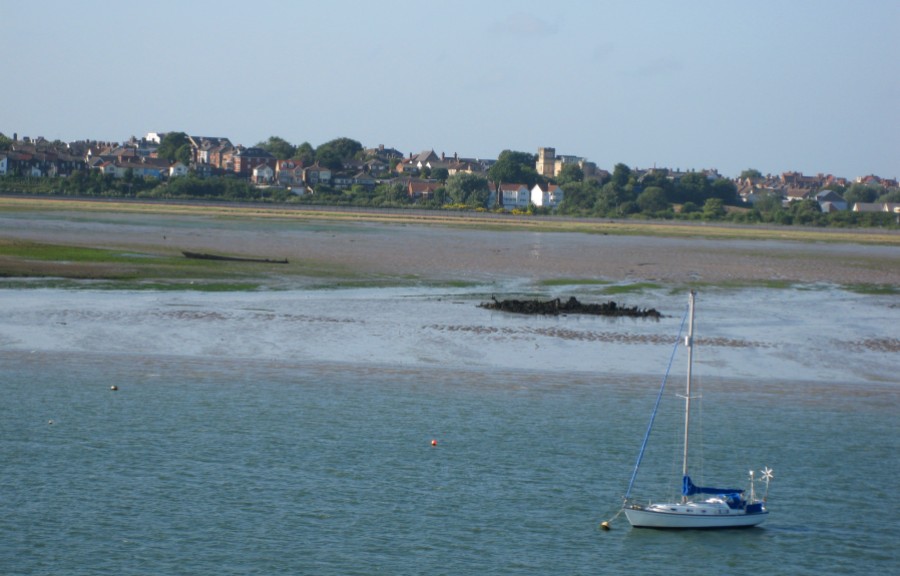
This page last updated July 2009
If you can help with any info please contact me.
New Sept 2007
Are you descended from the McIntosh boatbuilding family? This family history information dates back to the late 1700's.
|
Built of wood by W. R. McIntosh, Portessie, Buckie, Scotland. Launched February 1915.
Official No. 132175
History Launched by shipbuilder William Robertson McIntosh in February 1915 for himself. It is believed he named her after his eldest daughter Jane - who was known as Jeannie. Requisitioned by the Admiralty in 1915 and used throughout The Great War as a boom defence vessel/ water carrier. Returned to W. R. McIntosh in 1919. 1925 sold to Alexander Smith Buckie. 1927 sold to G. "Swanson" Smith, Gordonsburgh & others. 1934 sold to Alexander & Arthur Smith, Buckie. 1939 owner given as Mrs. Margaret A. Smith, Buckie. Requisitioned for war service 1940 - 1945 as a minesweeper & auxiliary patrol vessel (Pennant No. FY 1635). One of a flotilla of 13 drifters attached to Yarmouth Base (H.M.S. Watchful). This flotilla participated in the evacuation at Dunkirk in 1940. (see below) Jeannie McIntosh was among those who sustained damage but made it back to Harwich under her own power. She was seemingly repaired & assigned to a patrol escort group based at Ipswich (HMS Bunting). Armed with machine guns she was probably engaged in escorting small ship convoys, to and from Ipswich and Harwich, to join the main East Coast convoy route about 11 miles off Harwich. When the Rough Fort was placed in position in February 1942 about seven miles off Harwich, Essex, she was then allocated as a tender and subsequently the Sunk Head Fort - finally being scrapped in 1947. She was abandoned in Bathside Bay, Harwich and her remains can still be seen at low tide (2009).
|
(Provided by Ian McIntosh, great grandson of William R.) "We launched the new boat today and are now ready to be towed to Dundee. We are sorry you have so great difficulty in finding a tug................We would be very pleased if the Admiralty Overseer at Inverness would take over the new boat (named the 'Jeannie McIntosh') when completed. ........."
As the name of the boat was written in a different handwriting, it seems that the chosen name was not decided upon under the last minute.
This memo was followed by other memos setting out a number of practical problems -
- trying to find a tug, as one readily to hand was rejected as being insufficiently powerful and a 'pretty old boat and not to be depended upon for such important work.'
- the insistence of one tug skipper who had just returned from towing a new drifter from Buckie to Inverness that the boat must be insured against war risk - the fear being 'any damage through the Germans'
- the number of new boats to have engines fitted in Dundee, so that 'Jeannie McIntosh' was in a queue awaiting attention
- the volume of work also at Buckie, so that it might be necessary to have the later carpenter work undertaken in Dundee
William McIntosh travelled to Dundee and returned on the boat. On 6 May 1915 he wrote ".....We had a pleasant journey north in the boat and you would have enjoyed the trip, it was so calm and everything went well. All those who have seen the engine are highly pleased with it, and you may expect further orders when this crisis is over. ........."
- On 7 June 1915 " .....the 'Jeannie McIntosh' is now stationed at Scapa Flow."

This photo of the crew of 'Jeannie McIntosh' appeared in the May 1976 edition of the 'Leopard' magazine, and was contributed by Ian McIntosh, great grandson of the builder, W.R. McIntosh. 'JEANNIE MCINTOSH' at DUNKIRK
The following information was compiled from material contributed by Ian McIntosh (model builder). It is from Lt. Col. Orde's listing of the Dunkirk ships, and came from the National Maritime Museum, London.
Shortly before midnight on 30th May 1940, this flotilla sailed from Yarmouth, arriving at Ramsgate at 3pm 31st May, where they were ordered onto Dunkirk. As they approached Dunkirk roads around 7pm, they were attacked by about 60 bombers and were ordered to scatter. The 'LORD HOOD' was severely damaged and abandoned, but was later towed back to Ramsgate. The bombers were driven off by British fighters but the flotilla then came under fire from shore batteries. Under this fire the remaining 12 drifters evacuated troops, returning to Ramsgate when full, then back to the beaches for more. As well as the 'LORD HOOD', the engine of the 'FEASIBLE' was disabled by a near miss, being towed to safety by 'BEN & LUCY', and the 'GENIUS' had her engine also disabled by an explosion under the stern. 'JEANNIE MCINTOSH' also supposedly sustained damage during the evacuation, and according to the article in the 'Leopard' magazine '-- broke her back at Dunkirk, and limped across to Harwich where she was beached and eventually broken up'. During this operation, the skipper of the 'JEANNIE MCINTOSH' was J. Nicholson, and one of her seaman, A. Morrison R.N.R. was awarded the Distinguished Service Medal. 
This photo taken by Andy Adams, shows the remains of the Jeannie McIntosh at Bathside Bay, Harwich, in 2004. 
STILL THERE IN 2009. This photo taken from a cruise ship at Harwich in June 2009 by David Whittle, is almost certainly the same wreck as shown in the above photo. David is the Vice Chairman of the Harwich Society. (The Portessie yard was close by - almost on the edge of the pic below, to the right of the Ianstown yard).
|
|
Buckie District Fishing Heritage Museum 'Steam Drifters Recalled' Portgordon to Portsoy David Mair David Williamson Ian McIntosh - model boat builder Ian McIntosh - great grandson of W.R. McIntosh Andy Adams - Harwich Trawler Photos website Mike McKeag John Stevenson David Whittle - Vice Chairman, Harwich Society McIntosh family history sources |